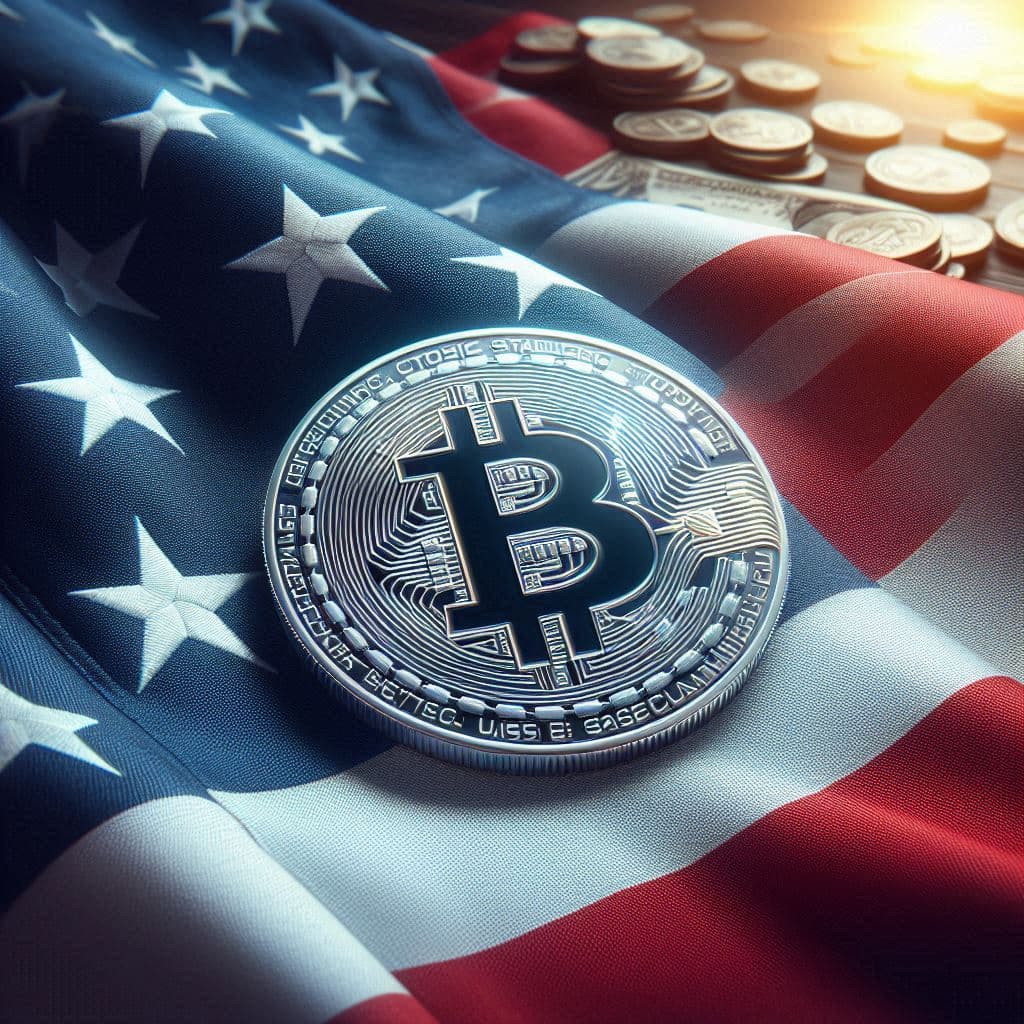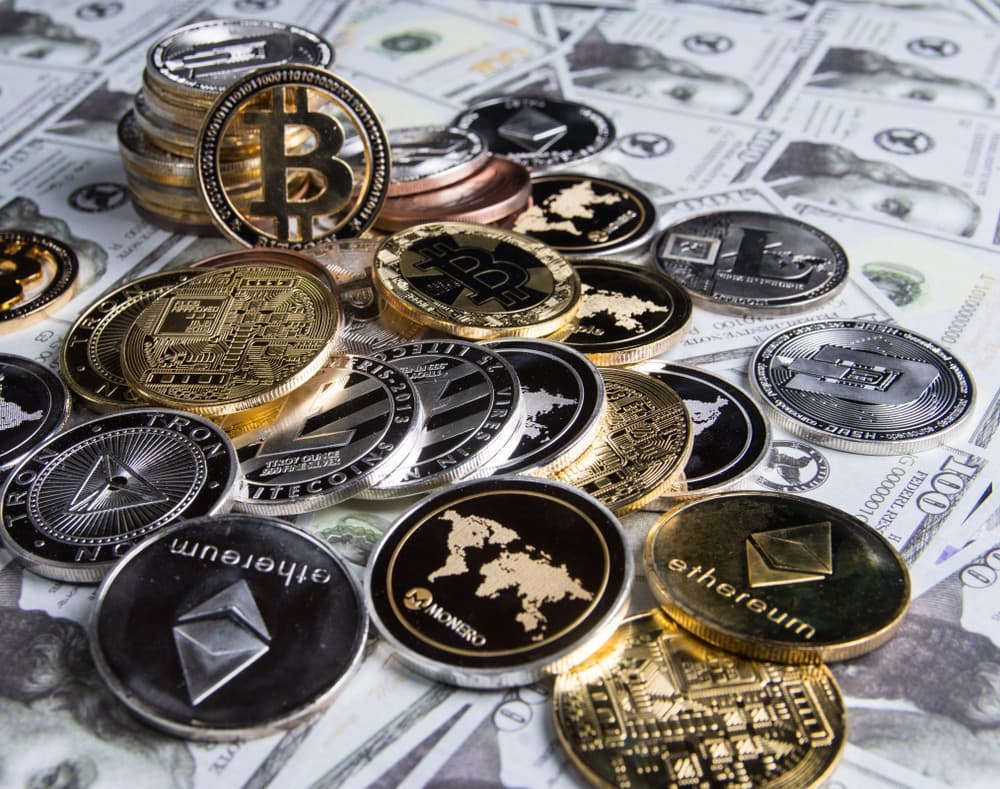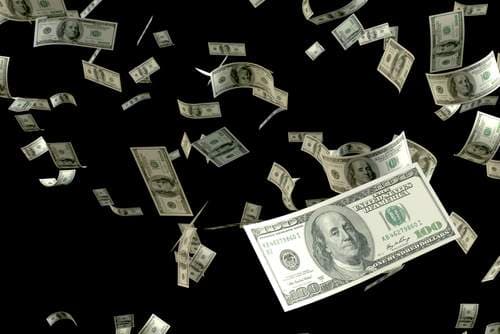
Yesterday’s market action felt like the same motif that’s been part of the market since 2025.
An exogenous event – in this case, China retaliating for President Trump’s tariff news last week with increased port fees on U.S.-based vessels – caused stocks to drop pre-market.
However, shortly after the open, investors started to do what they’ve been doing since time immemorial (or at least since the launch of ChatGPT in October 2022): They bought the dip.
Stocks regained most of their lost ground. Then, markets even moved green as Federal Reserve Chairman Jerome Powell made favorable comments (more on that in a bit).
However, markets quickly reversed lower as President Trump claimed that China was committing an “economically hostile act.” The President suggested that the U.S. may have to stop buying cooking oil produced in China.

That mere suggestion caused the stock market to lose about $450 billion in value.
Despite an attempt to bounce higher, the market ended slightly lower as trade war threats continue.
The good news? For now, stocks haven’t dropped below Friday’s lows. But the whiplash in direction is keeping a lid on stocks making new highs.
Once a trade deal announcement is made, however, markets will be fully back to risk-on. Until then, the trade war tango continues.
Wall Street Megabanks Print Megabucks
Amid the latest tariff tantrum, it’s also earnings season again. The big banks have fared well, with sizeable earnings beats so far.
The king of the Wall Street TBTF banks, JPMorgan Chase, led the way.
Quarterly profits topped $14.4 billion, up 12 percent from the third quarter of 2024. Revenues hit $46.4 billion, up 9%.
The bank did disclose a $170 million loss, following the bankruptcy of Tricolor. The company is a lender in the subprime automotive space.
Compared to JPMorgan’s size, this is but a trifling rounding error, and by no means should investors see it as a sign that marginal borrowers are facing trouble.
Meanwhile, JPMorgan executives reiterated that consumers remain generally “resilient” and mostly on time with credit card payments.
We expect the banks to continue to have blowout quarters into next year. A combination of declining interest rates, deregulation, and the continued blowup of the AI bubble tends to lead to bigger bank profit margins.
So far, that’s confirmed with Bank of America’s earnings beat, reported pre-market this morning. And non-tech stocks LVMH (luxury accessories) and ASML (chip manufacturing) also reported earnings beats.
It’ll be a different story when the AI plays start to run in reverse, but for now, stocks are partying like it’s 1998, and banks like it’s 2006.
A Welcome Treat: Two OpenAI Deals
Every day that OpenAI announces a deal is another day the AI bubble is blowing larger.
Yesterday offered two deals – either a sign the bubble is inflating faster, or more air is needed to keep it at its current size.
First, OpenAI inked a deal with Salesforce, to integrate its Agentforce 360 platform into ChatGPT.
The integration lets users query sales data, review customer conversations, and build Tableau visualizations directly through natural language.
Interestingly, shares dropped about 2% on the news.
For retailer Walmart, their OpenAI deal, which will bring AI tools to retail operations, saw shares pop over 5% to new all-time highs.
That’s great news for Sam Walton’s heirs, who have been dropping noticeably lower in the Forbes 400 list in recent years as AI has taken off.
Powell Keeps the Rate Cut Narrative Coming
In a speech yesterday, Jerome Powell stated that there were rising risks to the downside for the economy as the labor market appeared challenging.
More importantly, the Fed Chairman stated that the central bank was perfectly capable of making decisions even with the government shutdown in progress.
Bear in mind, as part of the shutdown, there’s no official data for inflation, the labor market, and dozens of other measures. The supposedly “data-dependent” Fed is running blind, yet the Fed seems to be just fine.
Either way, it’s a sign that the Fed will cut in its next two meetings, closing out 2025 trending lower. The question is what will happen in 2026.
For now, it’s a tailwind that will help prop up markets into next year – just like the events propping up bank earnings. And a reason why buying market dips is likely to continue working into next year – for those of you brave enough to trade during the latest tariff tiff.
It’s also propping up gold. The metal is hovering around $4,200, beating out stocks and the ever-volatile bitcoin’s performance this year.
~ Andrew
P.S. Our fantastic and praiseworthy video team is putting together the finishing touches on a report that Addison and Ian King put together, in which they’ll discuss what we see as a Dollar 2.0 unfolding…
In fact, tomorrow, October 16, we’re dedicating a special Grey Swan Live! Called Dollar 2.0: The Final Chapter.
October 21, 2025, could go down as one of the most important dates in American financial history. On that date, a rare, federally mandated event could trigger the most powerful wealth shift in more than 80 years.
If events unfold as we expect, it could mean a $20 trillion shift in assets — and rewrite the rules of money for every individual investor.
For select investments, we expect 12X gains before 2030. Potentially more.
This is a critical point in monetary history.
Like many of the Trump administration’s policy initiatives, we’re expecting these changes to rewrite the rules of banking, global investing and the fate of the U.S. dollar as the world’s reserve currency.
We’re breaking it all down in a special Grey Swan Live! video presentation this Thursday at 1 p.m. ET.
To ensure you receive your presentation, simply click here to reserve your spot
If you have any questions for us about the market, send them our way now to: Feedback@GreySwanFraternity.




